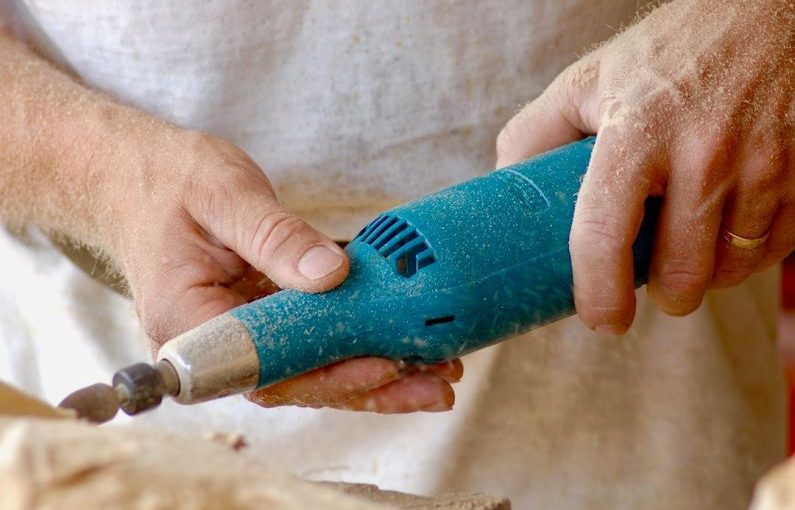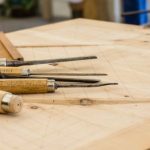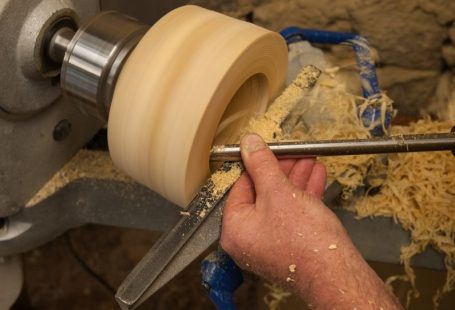In the world of wood carving, there exists a profound philosophy that celebrates imperfection and values simplicity and natural beauty. This philosophy is known as Wabi-sabi, an ancient Japanese aesthetic that has deeply influenced various art forms, including wood carving. Embracing the imperfections in wood carving through the Wabi-sabi approach not only adds a unique charm to the artwork but also reflects a deeper understanding and appreciation of the natural world.
**The Essence of Wabi-sabi in Wood Carving**
Wabi-sabi is a concept that finds beauty in imperfection, impermanence, and incompleteness. In wood carving, this philosophy emphasizes the acceptance of knots, cracks, and other natural flaws in the wood. Instead of striving for flawless perfection, woodcarvers practicing the Wabi-sabi approach focus on highlighting the unique characteristics of the wood, such as its grain patterns and natural blemishes. By embracing these imperfections, the woodcarver can create pieces that exude a sense of authenticity and simplicity.
**Simplicity and Minimalism**
One of the key principles of Wabi-sabi is simplicity. In wood carving, this translates to a minimalist approach that values negative space and uncluttered designs. Rather than overcomplicating a piece with intricate details, Wabi-sabi encourages woodcarvers to focus on the essence of the subject and to capture its beauty with a few well-placed cuts. By stripping away unnecessary embellishments, the woodcarver allows the natural beauty of the wood to shine through, creating a sense of harmony and tranquility in the finished piece.
**Impermanence and Transience**
Another fundamental aspect of Wabi-sabi is the recognition of impermanence and transience. In wood carving, this can be seen in the choice of materials and finishes that age gracefully over time. Wood, as a natural material, changes and evolves with age, developing a rich patina that adds character to the piece. By embracing this natural process of decay and transformation, woodcarvers can create pieces that resonate with the passage of time and the impermanence of all things.
**Embracing Flaws as Beauty Marks**
In the world of Wabi-sabi wood carving, knots, cracks, and other imperfections are not seen as defects to be hidden or fixed but as unique beauty marks that enhance the character of the piece. These flaws tell the story of the wood’s history and lend a sense of authenticity and warmth to the finished carving. By incorporating these imperfections into their designs, woodcarvers can create pieces that are not just visually appealing but also emotionally resonant, inviting viewers to contemplate the beauty of imperfection.
**Finding Harmony in Nature**
At the heart of Wabi-sabi is a deep reverence for nature and a desire to connect with the natural world. In wood carving, this connection is manifested in the choice of materials sourced from the earth and the incorporation of organic forms and textures inspired by the natural world. By working in harmony with nature, woodcarvers practicing the Wabi-sabi approach can create pieces that evoke a sense of peace, tranquility, and interconnectedness with the world around them.
**Embracing the Imperfections: a Reflection of Life**
In conclusion, the Wabi-sabi approach in wood carving offers a refreshing perspective on art and beauty, emphasizing the value of imperfection, simplicity, and impermanence. By embracing the flaws and natural beauty of the wood, woodcarvers can create pieces that resonate with the essence of Wabi-sabi, inviting viewers to contemplate the beauty of imperfection and find harmony in the imperfect and fleeting nature of life. Through this philosophy, wood carving becomes more than just a craft—it becomes a meditation on the beauty of the natural world and a celebration of the imperfect beauty that surrounds us.





